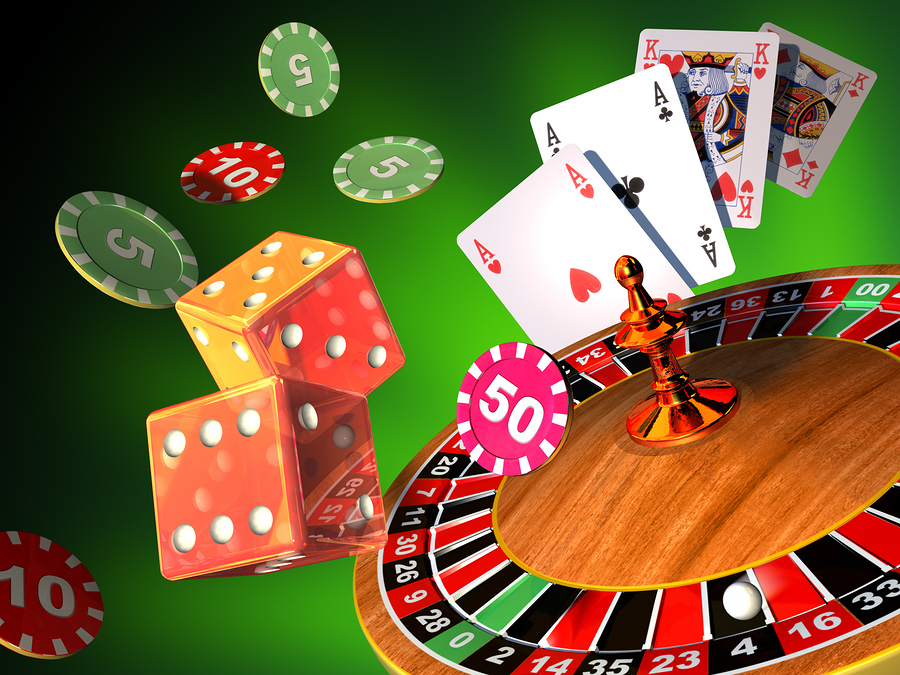
Casino games have long captivated human interest, drawing gamblers into a world filled with fortune, planning, and the allure of thrill. Each experience is painstakingly crafted not just for fun, but also to inspire specific emotional responses that keep players involved and committed. Understanding the drives behind these designs reveals much about how behavioral psychology plays a vital role in the gaming experience.
From the vivid lights and vibrant sounds to the sophisticated layering of systems and payoffs, casino games are designed to create an atmosphere of thrill and expectation. Game designers leverage behavioral strategies to influence gambler behavior, whether through the use of jackpots, near-miss scenarios, or social connections. By examining these elements, we can better appreciate how casino games fulfill not just a want for entertainment, but deeper psychological needs for thrill and hazard.
Grasping Player Behavior
Casino games are engineered with a thorough understanding of player psyche, which is essential for luring and retaining players. The thrill of the game, alongside the anticipation of winning, creates a powerful draw. Game designers utilize elements like sonic elements, colorful graphics, and immersive gameplay to capture attention and evoke emotional responses. These sensory experiences enhance the immersive experience, making players feel more attached in the game.
Another significant aspect of player behavior is the idea of risk/reward dynamics. Casino games often manage high-stakes situations with the potential for considerable rewards, which can result in the event known as near-miss phenomenon. When players come close to winning, the brain secretes dopamine, bolstering their behavior and prompting them to keep playing in pursuit of that fleeting win. This cycle of hope and disappointment plays a crucial role in how games are designed and promoted.
Lastly, social factors also play a pivotal role in player behavior at casinos. Many games are made to be played in pairs or alongside other players, fostering a sense of togetherness and communal experience. The social interaction inherent in games like blackjack enhances enjoyment and can result in longer play sessions. Designers capitalize on this by creating environments that invite players to remain, socialize, and revisit, making the overall casino experience more appealing.
The Role of Imagery and Sound
Visuals and audio play a significant role in enhancing the gambler’s experience within casino games. Designers utilize bright colors, eye-catching graphics, and captivating animations to attract players’ attention and maintain their interest. The use of motifs, such as adventure or opulence, helps create an enthralling atmosphere that takes players into a different world. By appealing to the senses, these elements add to a intensified emotional response, prompting players to interact more deeply with the games.
Audio design is just as important in enhancing the overall experience of casino games. The mix of ambient music, audio effects for winning combinations, and ambient noises creates an auditory landscape that holds players fascinated. Audio cues associated with victories, such as ringing bells or celebratory music, evoke feelings of thrill and reward, prompting players to keep playing. These audio cues are carefully placed to enhance the thrill of the game and create a more engaging experience.
Moreover, the synchronization of imagery and sound is essential for supporting the game’s overall concept and atmosphere. Each element should coordinate seamlessly to create a cohesive experience that pulls players in. The effective use of this integration not only enhances user satisfaction but also boosts the chances of return play, as players become more invested in the captivating world that the gambling games offer. This thoughtful integration of imagery and sound ultimately enhances player engagement and loyalty.
Incentive Systems and Participation
The development of gambling games greatly relies on incentive structures to keep players involved and returning for more. These structures are based in psychological principles that take advantage of human nature and motivation. Players are often motivated by the thrill of winning, which is reinforced by instant feedback through the game’s design. This instant gratification not just improves the overall experience but also cultivates a sense of achievement, prompting players to keep playing in hopes of bigger rewards.
Casinos utilize various reward structures, such as jackpots, extra rewards, and multipliers, to engage players. These features create a layer of thrill that maintains engagement. Additionally, the unpredictability of results plays a crucial role in sustaining interest. The variable reward system, where successes are unpredictable but happen often enough, maintains players on edge and motivated to keep playing. This loop of anticipation and anticipation is essential to the effectiveness of casino games.
Moreover, social elements, such as competitive events and collaborative options, enhance the participation factor by tapping into the desire to compete of players. The shared experience of playing with fellow participants can amplify the thrill of success and create a sense of community within the gaming space. By integrating these social dynamics with efficient incentive structures, gambling experiences not only offer entertainment but also foster a deeper connection among participants, solidifying their commitment to the gaming experience.
https://ga179.coffee/
